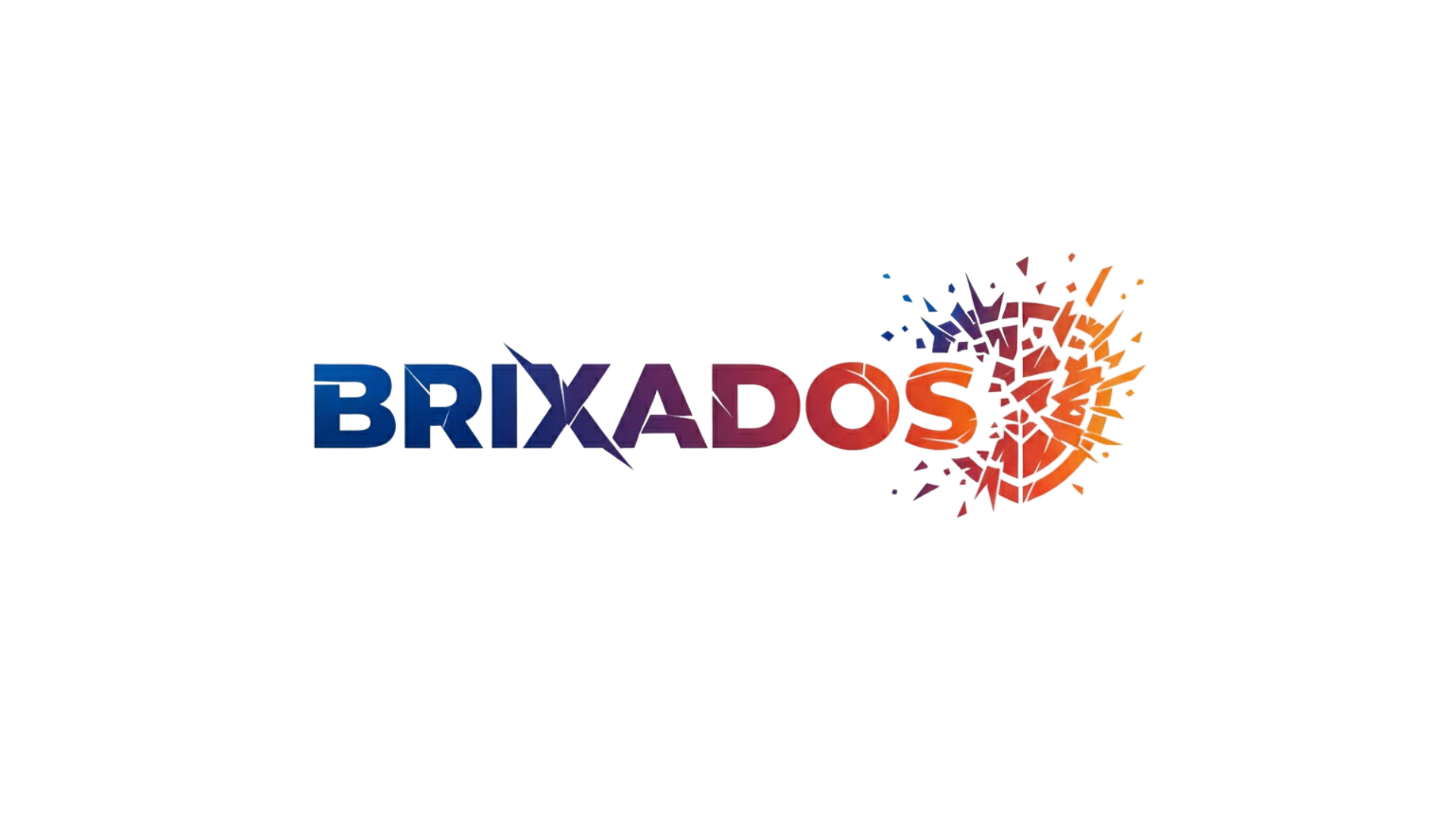Dreams have fascinated humanity for millennia, serving as mysterious gateways to our unconscious mind and profound sources of psychological insight.
In contemporary therapeutic practice, dream analysis has evolved far beyond ancient superstition into a scientifically-informed tool that helps individuals navigate complex emotions, process trauma, and discover hidden aspects of their personality. Modern therapists increasingly recognize that our nighttime narratives contain valuable clues about unresolved conflicts, suppressed desires, and pathways toward emotional healing. By learning to decode the symbolic language of dreams, both clinicians and clients can unlock powerful insights that accelerate therapeutic progress and foster genuine self-discovery.
The integration of dream work into psychotherapy represents a bridge between our conscious and unconscious worlds, offering a unique window into the psyche that traditional talk therapy alone cannot always access. Whether you’re experiencing recurring nightmares, curious about strange dream imagery, or simply seeking deeper self-understanding, exploring your dreams within a therapeutic context can reveal transformative insights about who you are and who you’re becoming.
🧠 The Neuroscience Behind Dream Formation and Memory
Understanding how dreams form begins with recognizing what happens in our brains during sleep. During REM (Rapid Eye Movement) sleep, the brain exhibits activity patterns remarkably similar to waking consciousness, yet with crucial differences. The prefrontal cortex, responsible for logical thinking and reality testing, shows decreased activity, while the limbic system, governing emotions and memory, becomes highly activated.
This neurological state creates the perfect conditions for symbolic thinking and emotional processing. Recent neuroimaging studies reveal that dreaming involves complex interactions between the hippocampus, amygdala, and visual cortex, creating rich, emotionally-charged narratives from fragments of memories, concerns, and sensory experiences.
Research from sleep laboratories demonstrates that dreams serve essential functions in memory consolidation, emotional regulation, and problem-solving. The brain essentially rehearses responses to threatening situations, processes emotional experiences, and integrates new information with existing knowledge—all through the symbolic language of dreams.
Historical Foundations: From Freud to Contemporary Dream Theory
Sigmund Freud’s groundbreaking work “The Interpretation of Dreams” (1900) established dream analysis as a legitimate psychological tool. Freud viewed dreams as the “royal road to the unconscious,” believing they revealed repressed wishes and desires disguised through symbolic imagery. While many of his specific interpretations have been challenged, his fundamental insight—that dreams carry meaningful psychological content—remains influential.
Carl Jung expanded dream theory by introducing concepts of archetypes and the collective unconscious. Unlike Freud’s emphasis on personal repression, Jung believed dreams connected individuals to universal human experiences and contained messages guiding personal growth and individuation. His approach recognized dreams as inherently creative and forward-looking, not merely reflections of past conflicts.
Contemporary dream research has integrated findings from neuroscience, cognitive psychology, and attachment theory. Modern therapists draw from multiple theoretical frameworks, recognizing that dreams function on several levels simultaneously—processing daily experiences, regulating emotions, consolidating memories, and revealing deeper psychological patterns.
✨ Common Dream Symbols and Their Therapeutic Significance
While dream dictionaries suggesting universal meanings for specific symbols oversimplify the complexity of dream interpretation, certain themes appear frequently across cultures and carry recognizable psychological significance. However, effective therapeutic dream work always considers the dreamer’s personal associations and life context.
Water and Emotional States
Water commonly represents emotions in dreams. Calm, clear water might reflect emotional tranquility, while turbulent seas could indicate overwhelming feelings. Drowning often symbolizes feeling emotionally overwhelmed, while swimming confidently might represent successfully navigating emotional challenges. The specific meaning depends entirely on the dreamer’s relationship with water and their current emotional landscape.
Houses and the Architecture of Self
Dreams featuring houses frequently represent the self or psyche. Different rooms may symbolize various aspects of personality—basements often represent the unconscious, attics might hold forgotten memories, and locked rooms could indicate unexplored potential or repressed experiences. Exploring unfamiliar rooms in dreams often coincides with therapeutic work uncovering new self-understanding.
Falling, Flying, and Control Issues
Dreams of falling typically relate to anxiety about loss of control, while flying dreams often reflect feelings of freedom, empowerment, or transcendence. The emotional tone accompanying these dreams matters tremendously—joyful flying differs psychologically from anxious flight from danger.
Being Chased or Threatened
Pursuit dreams frequently emerge when individuals avoid confronting difficult emotions, situations, or aspects of themselves. In therapy, exploring what or who is chasing the dreamer—and what happens when they stop running—can reveal important insights about avoidance patterns and fears.
🔍 How Modern Therapists Integrate Dream Work into Practice
Contemporary therapeutic approaches to dreams vary considerably, but most share common principles: respecting the dreamer as the ultimate authority on their dream’s meaning, avoiding rigid interpretation formulas, and connecting dream content to waking life experiences and therapeutic goals.
Psychodynamic Approaches
Therapists trained in psychodynamic traditions explore dreams for insights into unconscious conflicts, defense mechanisms, and relational patterns. They examine not just manifest content (what literally happens in the dream) but also latent content (underlying psychological meanings). Free association—speaking freely about whatever comes to mind regarding dream elements—helps uncover deeper significance.
Gestalt Dream Work
Gestalt therapy treats every dream element as a projected aspect of the dreamer’s personality. Clients might be asked to “become” different dream characters or objects, speaking from their perspective. This experiential approach often generates powerful emotional insights and helps integrate disowned parts of the self.
Cognitive-Behavioral Dream Analysis
CBT-oriented therapists examine dreams for cognitive distortions, recurring worry themes, and problematic thought patterns. They might use techniques like imagery rehearsal therapy, particularly effective for treating nightmares, where clients consciously rewrite nightmare scenarios while awake, then rehearse these alternative endings to reduce nightmare frequency and intensity.
Trauma-Focused Dream Therapy
For trauma survivors, dreams often replay traumatic events or contain symbolic representations of trauma-related themes. Specialized approaches help clients gradually process traumatic material appearing in dreams, using techniques that prevent retraumatization while facilitating healing. This might include image rescripting, lucid dreaming techniques, or careful titration of trauma-focused work.
💭 Practical Techniques for Capturing and Working with Your Dreams
Effective dream work begins with remembering dreams, which requires intentional practice. Most people forget the majority of their dreams within minutes of waking unless they actively work to retain them.
Establishing a Dream Journal Practice
Keep a dedicated dream journal beside your bed. Upon waking—before moving or engaging your logical mind—immediately record whatever fragments you remember. Write in present tense to maintain the dream’s immediacy. Include emotions, colors, sensations, and seemingly insignificant details, as these often prove meaningful during reflection.
Digital alternatives work well for some people. Voice recording dreams immediately upon waking captures details before they fade, and specialized dream journaling apps can help track patterns over time.
Setting Dream Intentions
Before sleep, consciously set an intention to remember your dreams. Some practitioners suggest focusing on a specific question or issue you’d like insight about, inviting your unconscious to work on it during sleep. While not guaranteeing specific answers, this practice demonstrates remarkable effectiveness for many people.
Identifying Recurring Patterns and Themes
After maintaining a dream journal for several weeks, review entries looking for recurring symbols, themes, emotions, or situations. These patterns often point toward significant psychological issues, unresolved conflicts, or developmental themes requiring attention. Bringing these patterns to therapy sessions provides rich material for exploration.
🌟 Dream Work for Specific Therapeutic Goals
Different therapeutic objectives benefit from targeted dream-focused interventions. Understanding how dreams relate to specific mental health challenges allows for more strategic therapeutic application.
Processing Grief and Loss
Dreams frequently feature deceased loved ones, offering opportunities for symbolic continuation of relationships and gradual acceptance of loss. These dreams can provide comfort, facilitate saying goodbye, or help resolve unfinished business. Therapists help clients explore what these visitation dreams might offer in their healing journey.
Resolving Relationship Conflicts
Dreams often dramatize relationship dynamics, highlighting unspoken tensions, unmet needs, or problematic patterns. A partner appearing as threatening might reveal fears about intimacy; dreaming of infidelity could indicate trust issues or feeling emotionally neglected. Exploring relationship dreams in couples therapy or individual work can illuminate hidden dynamics affecting connection.
Managing Anxiety and Depression
Anxious individuals often experience dreams with themes of being unprepared, losing important items, or missing deadlines. Depressed individuals might dream of gray, lifeless environments or being trapped. Tracking how dream content shifts during treatment provides useful feedback about therapeutic progress and emotional state changes.
Enhancing Creativity and Problem-Solving
Dreams have famously inspired artistic creations, scientific discoveries, and innovative solutions. Therapists working with creative blocks or decision-making challenges might encourage clients to incubate dreams around specific problems, trusting the unconscious mind’s capacity for novel connections and insights.
⚠️ When Dream Work Requires Caution
While dream analysis offers powerful therapeutic benefits, certain situations require careful consideration and specialized training. Not all dreams should be immediately explored in depth, and not all therapeutic contexts are appropriate for dream work.
For individuals with severe trauma histories, particularly recent trauma, exploring dreams requires specialized trauma training to prevent retraumatization. Some dreams represent the psyche’s attempt to contain overwhelming material; prematurely opening this content can destabilize fragile coping mechanisms.
Those experiencing psychotic symptoms or severe dissociation need modified approaches, as the boundary between waking and dreaming reality may already be compromised. Standard dream interpretation techniques could potentially increase confusion rather than provide clarity.
Nightmares occurring as part of PTSD require evidence-based interventions like imagery rehearsal therapy rather than traditional dream interpretation. Simply discussing traumatic nightmares without proper technique can reinforce rather than resolve them.
🎯 Integrating Dream Insights into Daily Life
The ultimate value of dream work lies not in interpretation itself but in applying insights to create meaningful life changes. Effective therapy helps clients bridge the gap between dream understanding and practical action.
When dreams reveal unacknowledged emotions—perhaps anger toward someone you consciously believe you’ve forgiven—this awareness invites honest examination of your true feelings and what healing actually requires. Dreams highlighting avoidance patterns can motivate facing feared situations. Dreams expressing suppressed desires might encourage pursuing neglected passions.
Therapists help clients formulate concrete behavioral experiments based on dream insights. If dreams repeatedly show you unable to speak, therapy might explore assertion skills and practice speaking up in relationships. If dreams reveal feelings of being trapped, examining actual life constraints and possible changes becomes the therapeutic focus.
Technology and Modern Dream Exploration
Contemporary dream work increasingly incorporates technological tools that enhance traditional approaches. Sleep tracking devices provide data about sleep cycles, helping dreamers identify optimal times for dream recall. Specialized applications facilitate dream journaling with features like voice recording, symbol tagging, and pattern analysis.
Some innovative apps incorporate lucid dreaming techniques, helping users develop awareness within dreams for therapeutic purposes. While technology cannot replace skilled therapeutic guidance, these tools can support consistent practice and reveal patterns less obvious without systematic tracking.
Building a Collaborative Therapeutic Relationship Through Dreams
Sharing dreams in therapy represents a profound act of trust and vulnerability. Dreams often reveal material clients might consciously hesitate to discuss—forbidden desires, shameful feelings, or frightening thoughts. Effective therapists create safety for this sharing, responding with curiosity rather than judgment and always respecting the client’s pace.
The collaborative exploration of dreams models a particular type of relationship—one where the client’s inner experience is genuinely valued, where curiosity replaces knowing, and where meaning emerges through dialogue rather than expert pronouncement. This therapeutic stance often proves healing in itself, particularly for clients whose experiences were previously dismissed or pathologized.
🌈 Transforming Nightmares into Opportunities for Growth
While nightmares cause distress, they often contain particularly urgent messages from the unconscious. Rather than simply trying to eliminate nightmares, therapeutic approaches help transform them into growth opportunities.
Recurring nightmares frequently point toward unprocessed trauma, unresolved conflicts, or developmental challenges requiring attention. By gradually exploring nightmare content in the safety of therapy, working with the emotions and themes they present, clients often experience both nightmare reduction and resolution of underlying issues.
Imagery rehearsal therapy specifically targets nightmares by having clients rewrite endings while awake, then mentally rehearse these new scenarios. This technique demonstrates impressive effectiveness for trauma-related nightmares and represents one of the most evidence-based dream-focused interventions.

The Journey of Self-Discovery Through Dreams
Perhaps dream work’s greatest gift is facilitating genuine self-discovery—learning who we are beneath social conditioning, defensive patterns, and conscious self-concepts. Dreams reveal our authentic emotional responses, core values, hidden potentials, and aspects of ourselves we’ve disowned or never recognized.
This journey requires patience, as dream language speaks in symbols, metaphors, and emotional tones rather than literal statements. It requires humility, acknowledging that we don’t fully know ourselves and remaining open to surprising revelations. Most importantly, it requires courage to face what dreams reveal—the beautiful and difficult, the aspirational and shameful, the tender and terrifying.
Through sustained dream work within supportive therapy, clients develop a richer relationship with their inner worlds. They learn to trust their intuition, honor their emotional wisdom, and access creative resources previously unavailable. This deepened self-relationship extends beyond therapy sessions, influencing decision-making, relationship patterns, and overall life satisfaction.
The power of dream symbolism lies not in unlocking some hidden code with universal meanings, but in the deeply personal journey of discovering what your unique symbols mean to you. Modern therapy provides the framework, techniques, and relationship that make this exploration safe, productive, and ultimately transformative. Whether you’re seeking healing from past wounds, navigating current challenges, or simply pursuing greater self-understanding, your dreams offer an invaluable resource—a nightly opportunity to connect with the deepest parts of yourself and emerge with insights that illuminate your path forward.
Toni Santos is a myth-psychology researcher and narrative writer exploring how archetypes, symbols and human story converge to shape mind, culture and meaning. Through his studies on the collective unconscious, comparative mythology and symbolic dream interpretation, Toni examines how the myths we tell reflect the patterns we live — and how awareness of these patterns can spark transformation. Passionate about hero’s journeys, mythic motifs and dream-language, Toni focuses on how story acts as both mirror and map for inner depth and growth. His work highlights the bridges between myth, psyche and culture — guiding readers toward a deeper encounter with themselves and the stories they carry. Blending psychology, mythology and narrative theory, Toni writes about the hidden architecture of meaning — helping readers understand how symbols, stories and dreams shape experience and identity. His work is a tribute to: The power of myth to reveal the unseen structures of psyche The journey from archetype to individual lived story The art of dream-language as a path to wholeness Whether you are a storyteller, psychologist or traveller in the inner landscape, Toni Santos invites you to explore the mythic dimension of mind — one symbol, one myth, one insight at a time.




